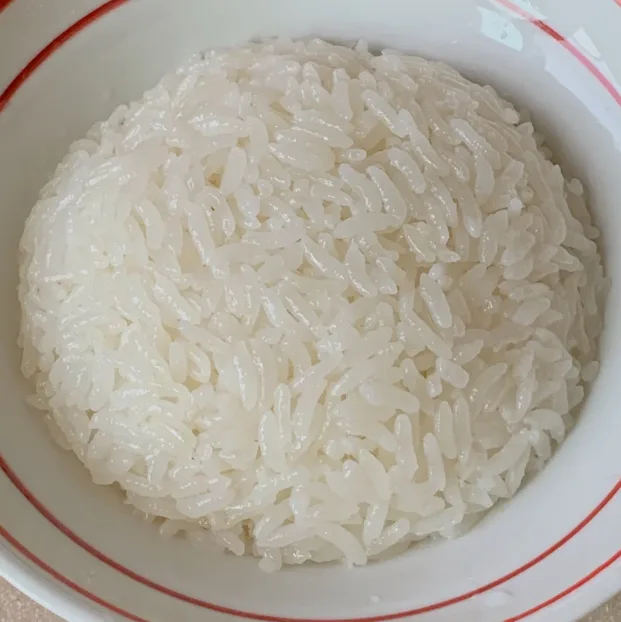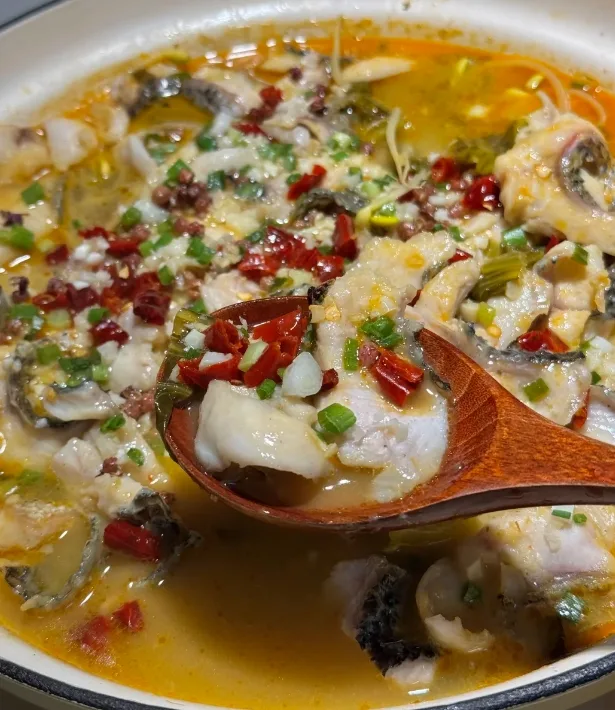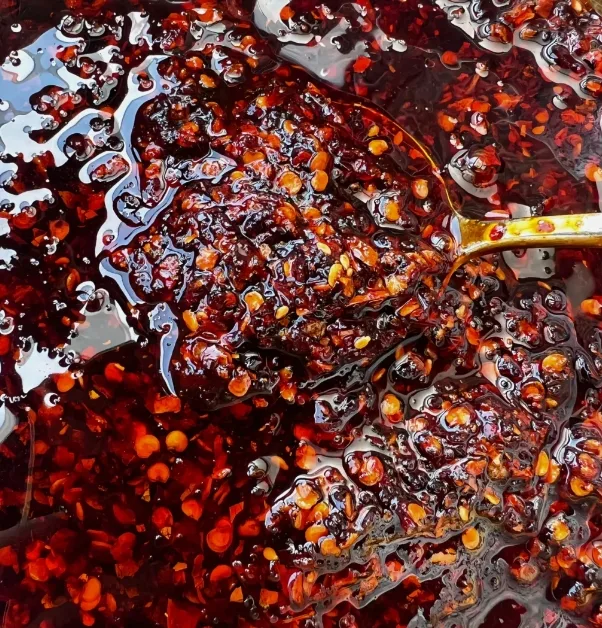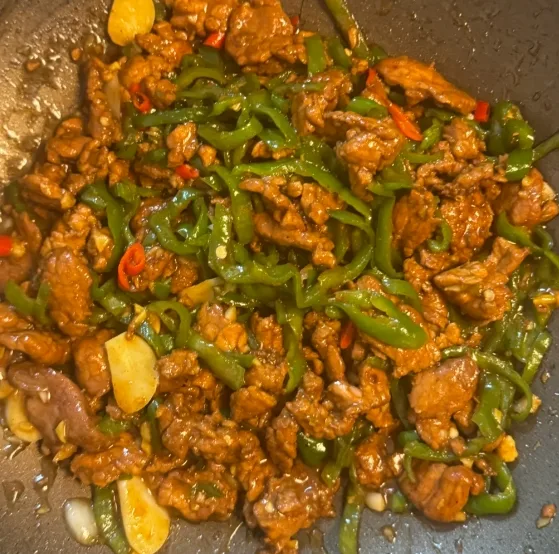First time cooking rice and ended up with a gloppy, half-raw mess? Don’t panic—I’ve been there too. But guess what? Now I make flawless Chinese restaurant-style white rice every single time, and I’m about to teach you how.
No more mush, no more crunch—just glossy, fluffy grains that hold their shape like a pro.
Follow my method, and soon you’ll be serving rice so good, people will ask if you stole it from a 5-star kitchen. Let Food Loyalist turn your rice fails into wins!
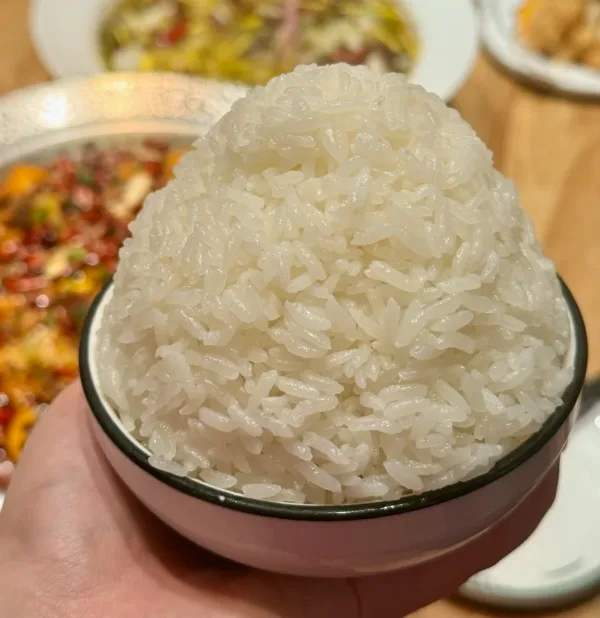
What to Do If It Fails?
If your rice turns out bad on the first try, there’s no fixing it. When the result doesn’t meet your standards, the only option is to throw it away. I’ve cooked rice for three years at our local Hunan restaurant, and we never try to salvage it—because “rescued” rice just doesn’t taste good anymore. We always discard it to avoid compromising our customers’ dining experience.
Don’t believe any advice about adding water or re-steaming—those methods don’t actually work and might just make you question your life choices.
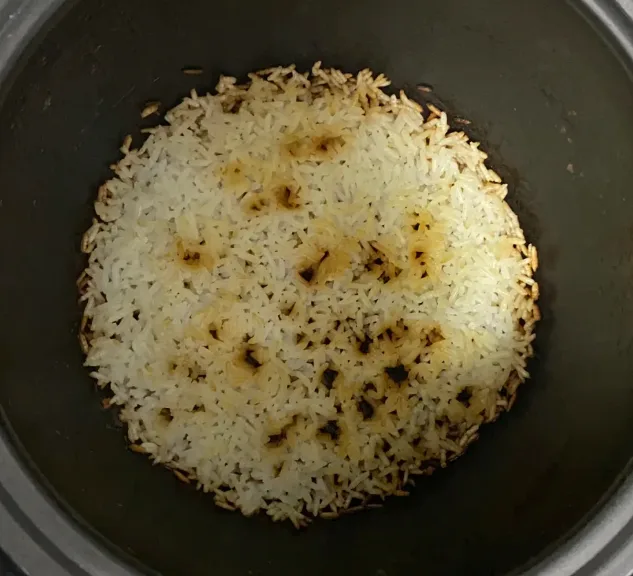
Identify the cause of the error
Undercooked? → Water ratio wrong
Too mushy? → Over-rinsed or too much water
Burnt bottom? → Pot not dry or heat too high
Yellow/smelly? → Old rice or bad pot
Sticky mess? → Wrong rice type (maybe used glutinous)

What rice is most popular in China?
Before we proceed, may I ask what texture you’d like your rice to have?
(Tip: Your answers will help us give better recommendations!)
Which rice characteristic matters most to you?
Soft and slightly sticky texture
Separate, bouncy grains
Loose texture (perfect for fried rice)
Rich aroma that makes your mouth water
How do you usually eat rice?
With dishes/For fried rice/For sushi & rice balls/For congee & claypot rice
Found what you’re looking for? Come with me! All your answers await below.
Wuchang Rice (Heilongjiang)
Distinctive “Daohuaxiang” variety with natural sweetness,China GI-protected product, grown in mineral-rich soil,Glossy, plump grains that stay tender even when cooled,Most frequently used rice in upscale Chinese restaurants.
User Reviews:”The fragrance hits you when you open the bag—the whole floor smells amazing while cooking!”
Best Uses:
Plain steamed rice:showcases its natural aroma
Sushi/rice balls:perfect stickiness without being gluey
Premium claypot rice:absorbs flavors intensely
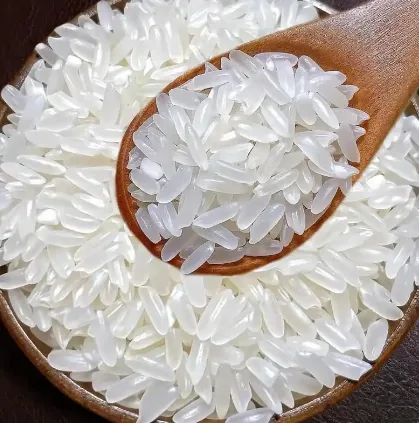
Thai Jasmine Rice
Tropical climate creates floral jasmine aroma,High amylose content for fluffy, separate grains,Particularly loved in Southern China.
User Reviews:“The holy grail for fried rice—even day-old leftovers won’t clump!”
Best Uses:
Pineapple fried rice/Yangzhou fried rice:wok hei perfection
Hainanese chicken rice:absorbs chicken fat beautifully
Curry rice:aromatic harmony
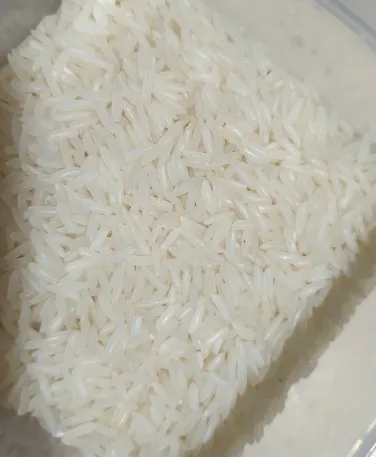
Panjin Rice (Liaoning)
Grown in the saline-alkali soil of the Liaohe River Delta, this rice boasts a subtle umami aftertaste. Dubbed the “best-value champion,” it’s the top choice for Northern Chinese households.
User Reviews:“Produces thick, creamy congee – essential for recovery meals”
Best Uses:
Plain congee/Century egg & pork porridge:quick gelatinization
Northeastern rice wraps:perfect clinginess
Soy sauce rice:enhances savory-sweet flavors
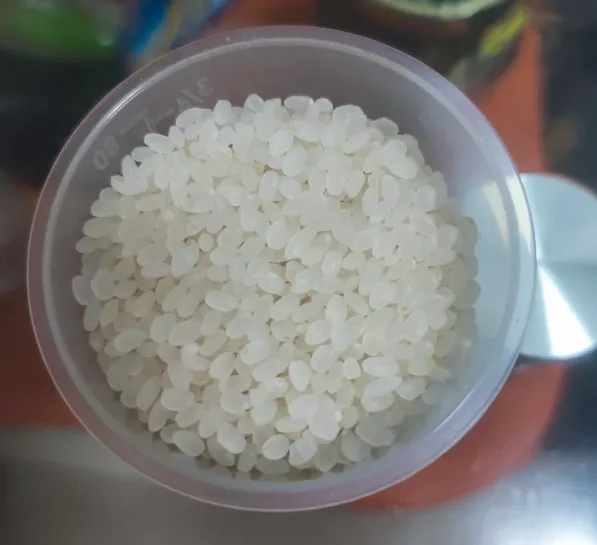
Simiao Rice (Guangdong)
These extra-long grains have exceptional water absorption, earning the nickname “steel wire of rice.” Traditionally stone-milled to preserve aroma, it’s the gold standard for Cantonese claypot rice. Pro tip: Use a sandpot to achieve that addictive crispy bottom that captivates most Chinese foodies!
User Reviews:“Creates picture-perfect golden crusts in claypot rice”
Best Uses:
Cured meat claypot rice:oil-resistant yet tender
Egg fried rice:non-stick texture
Lotus leaf-wrapped rice:intense fragrance infusion
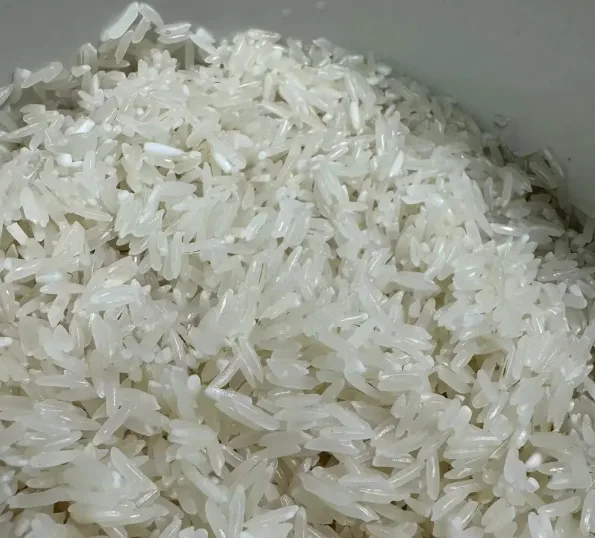
Akita Komachi (Japanese-origin/Domestically grown)
A cousin of Japan’s premium Koshihikari rice, this variety offers remarkable sweetness and stays plush when chilled. The budget-friendly choice for sushi restaurants.
User Reviews: “Superior to regular Northeast rice for sushi – that perfect chew!”
Best Uses:
Sushi/Nori rolls:ideal stickiness
Onigiri:holds shape without cracking
Ochazuke:maintains texture in broth
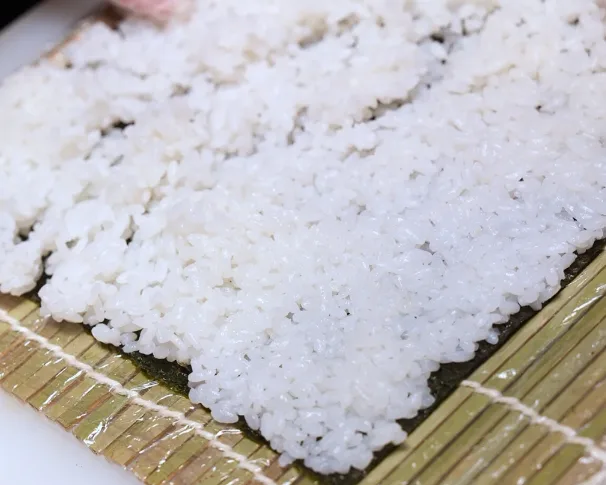
Use an electric rice cooker to make rice (perfect for beginners!)
Cooking Rice with a Rice Cooker – Standard Process Here:
This is the most common method, just a few simple steps, and delicious rice is ready:
Rinse the Rice
Put the rice into the inner pot, add water, and gently stir in circles with your hand a few times, then pour out the rinsing water. Repeat 1-2 times.
Tip: Don’t scrub too hard or rinse too many times to avoid losing too much nutrients. Just remove the surface dust and impurities. If you like, you can save the rinsing water to wash your face—it feels incredibly refreshing in the hot summer.
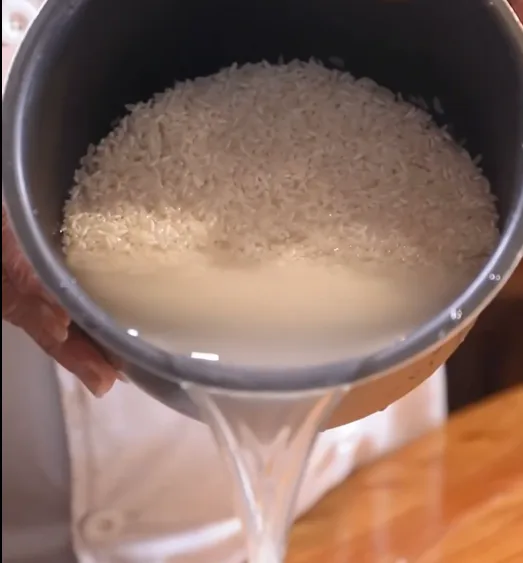
Add Water
The amount of water is crucial! It directly affects the texture of the rice.
Method 1 (My way): Place your palm flat on the rice—the water level should reach just above the first knuckle (or fingertip height) on the back of your hand. This is a rough estimate, and you’ll get better with practice.
Method 2 (Chinese restaurant way): Generally, the ratio of rice to water by volume is about 1:1.2. For example, for 1 cup of rice, add 1.2 cups of water. Adjust slightly based on the type of rice and your preferred texture (less water for firmer rice, more for softer).

Press the Cook Button
Put the inner pot back into the rice cooker, close the lid, plug in the power, and press the “Cook” button. Then let the rice cooker do its job! This process usually takes about 20-40 minutes. The cooker will automatically determine when the rice is done—no need for any action during this time. When it’s ready, you’ll hear the rice cooker beep, but don’t rush to open it!
Let It Steam! Steam! Steam!
This is the most critical step! When the rice cooker beeps or automatically switches to the “Keep Warm” mode, do not open the lid immediately!
Let the rice continue steaming in the pot for another 3-10 minutes. This allows the grains to fully absorb the remaining moisture, making them plumper, fluffier, and more fragrant. The texture of steamed rice is completely different from rice served right after cooking!
Fluff and Serve!
After steaming, open the lid and use a rice paddle to gently loosen and fluff the rice from the bottom up. This releases excess steam and prevents clumping. Then, it’s ready to serve and enjoy!

More flavorful
When steaming rice, adding a few drops of cooking oil helps keep the rice grains separate and prevents clumping during water evaporation. The oil’s natural fragrance also enhances the aroma of the rice. Moreover, rice cooked with oil won’t stick to the pot, making cleaning quick and effortless.
When steaming rice, adding a few drops of white vinegar can soften the rice and speed up the cooking process. Many people struggle with getting the right water-to-rice ratio, which often results in overly firm rice. For those with sensitive stomachs who can’t tolerate hard-textured rice, adding a few drops of vinegar can help. However, be careful not to add too much, as it may affect the taste.
When steaming rice, adding a small amount of sugar can make the rice slightly sweeter and enhance its natural flavor. Sugar also helps the rice absorb moisture better, resulting in plumper, glossier grains. This is especially useful when making sweet rice dishes or when you want to balance savory flavors. Just remember not to overdo it, as too much sugar can make the rice overly sweet.
